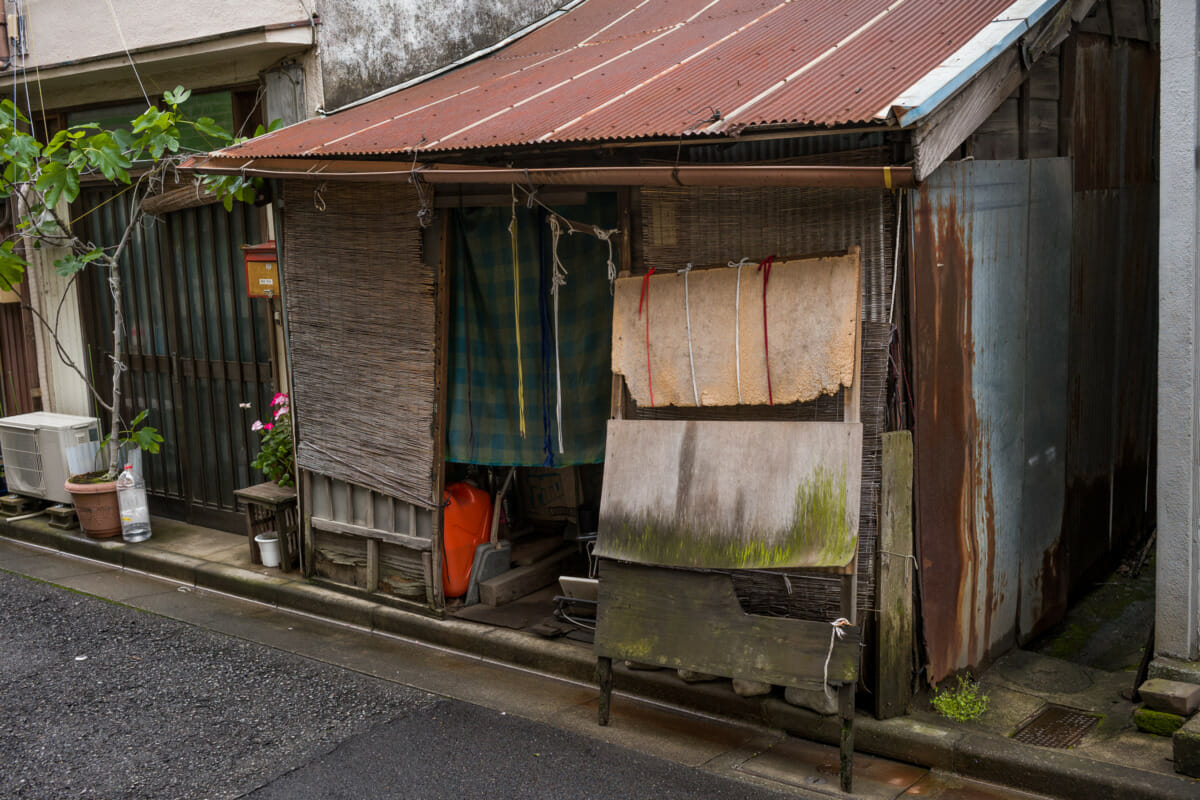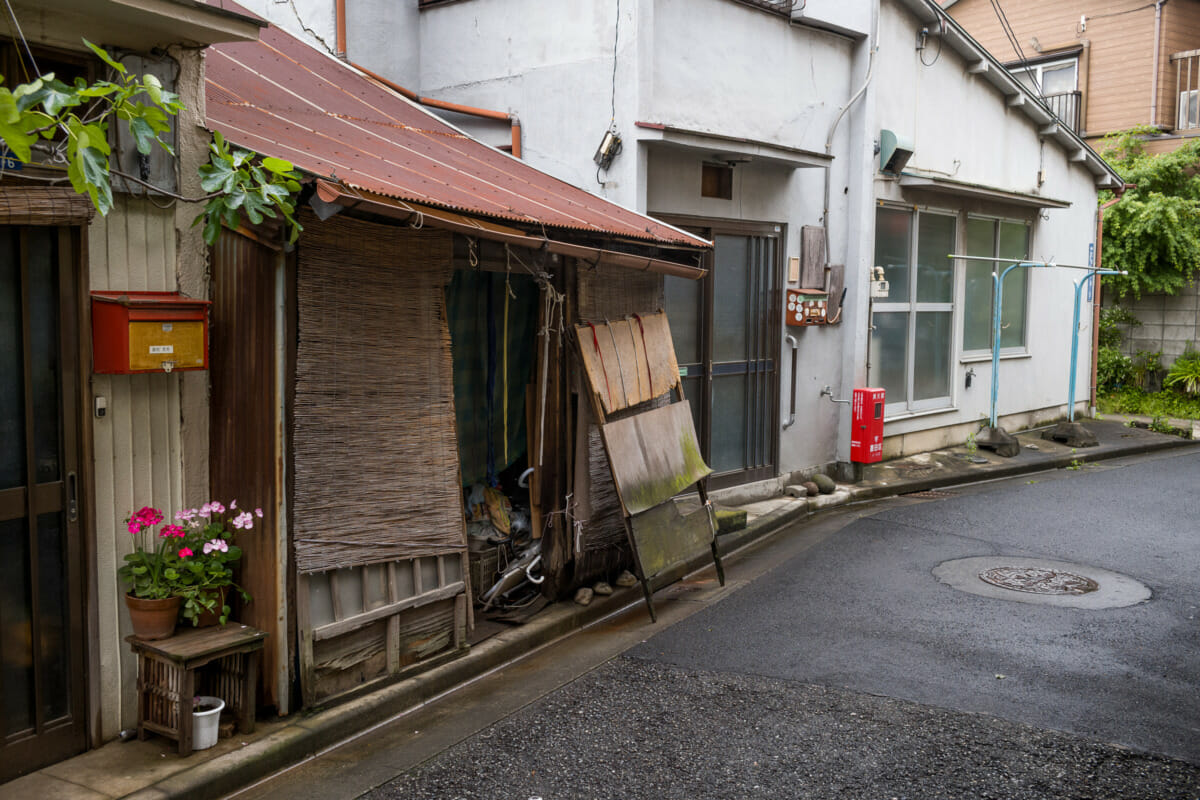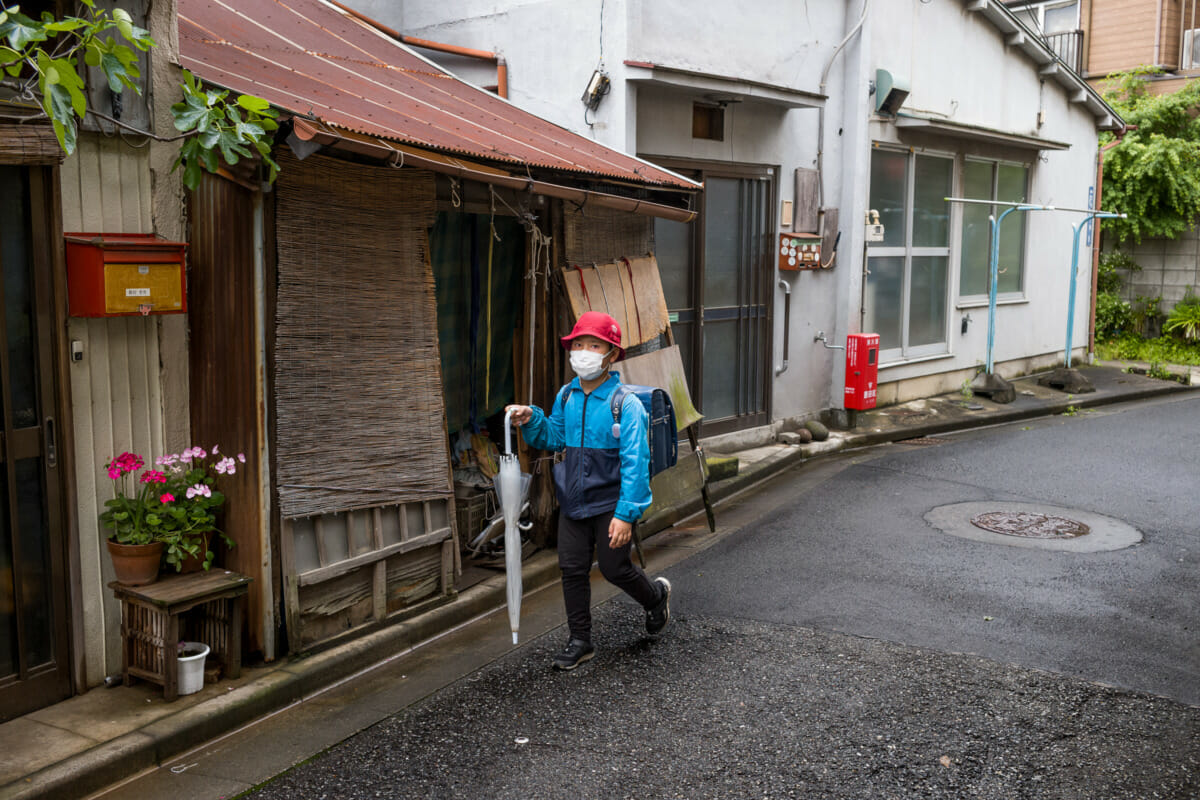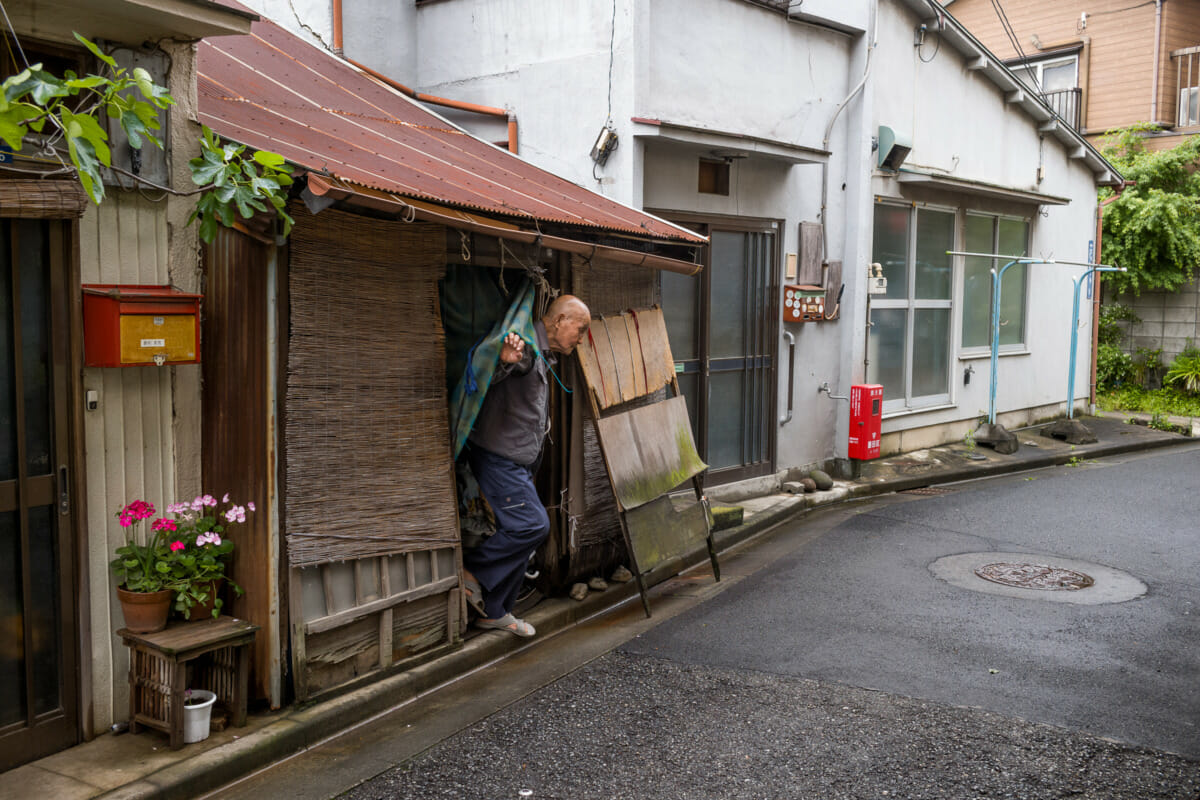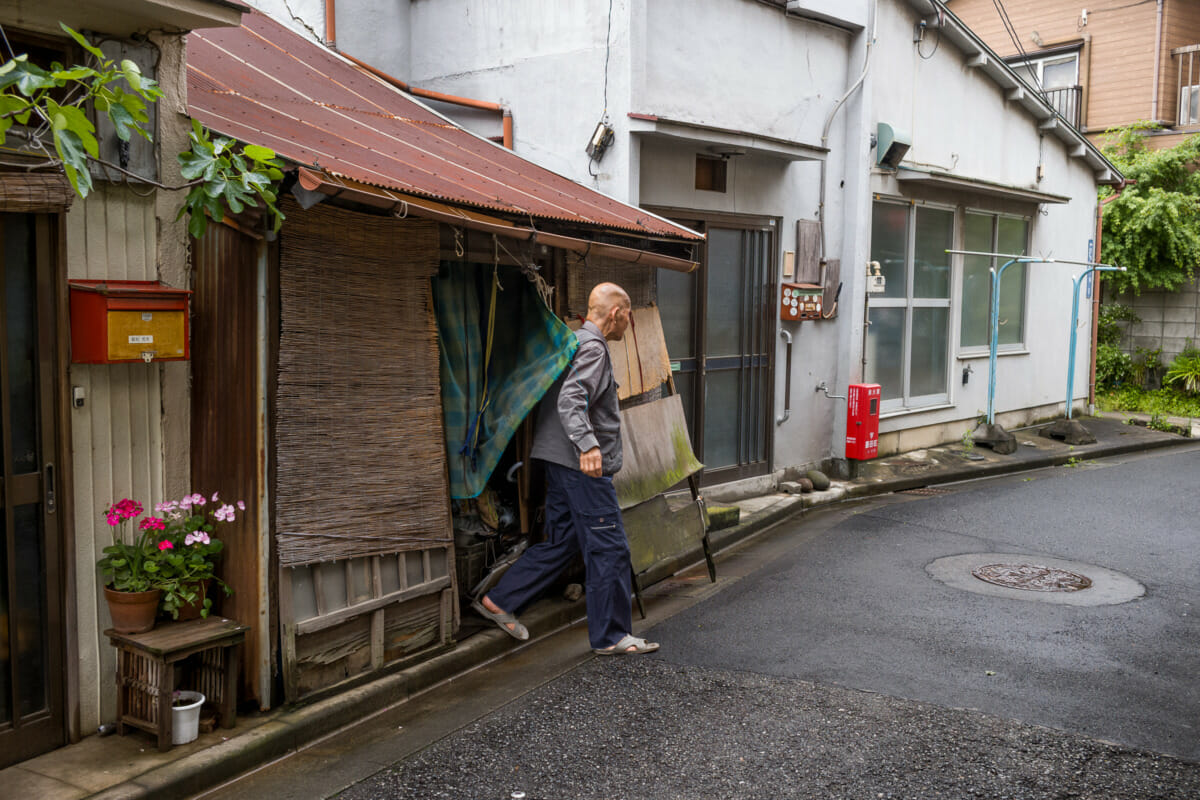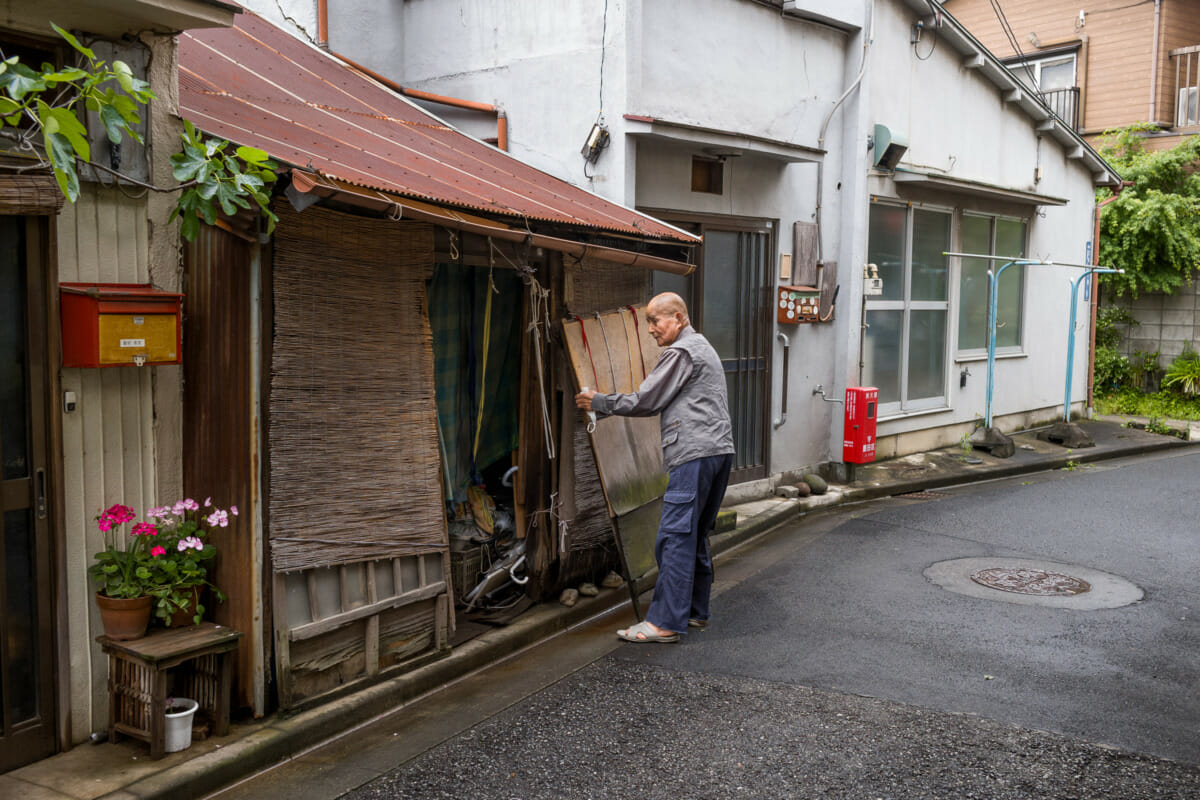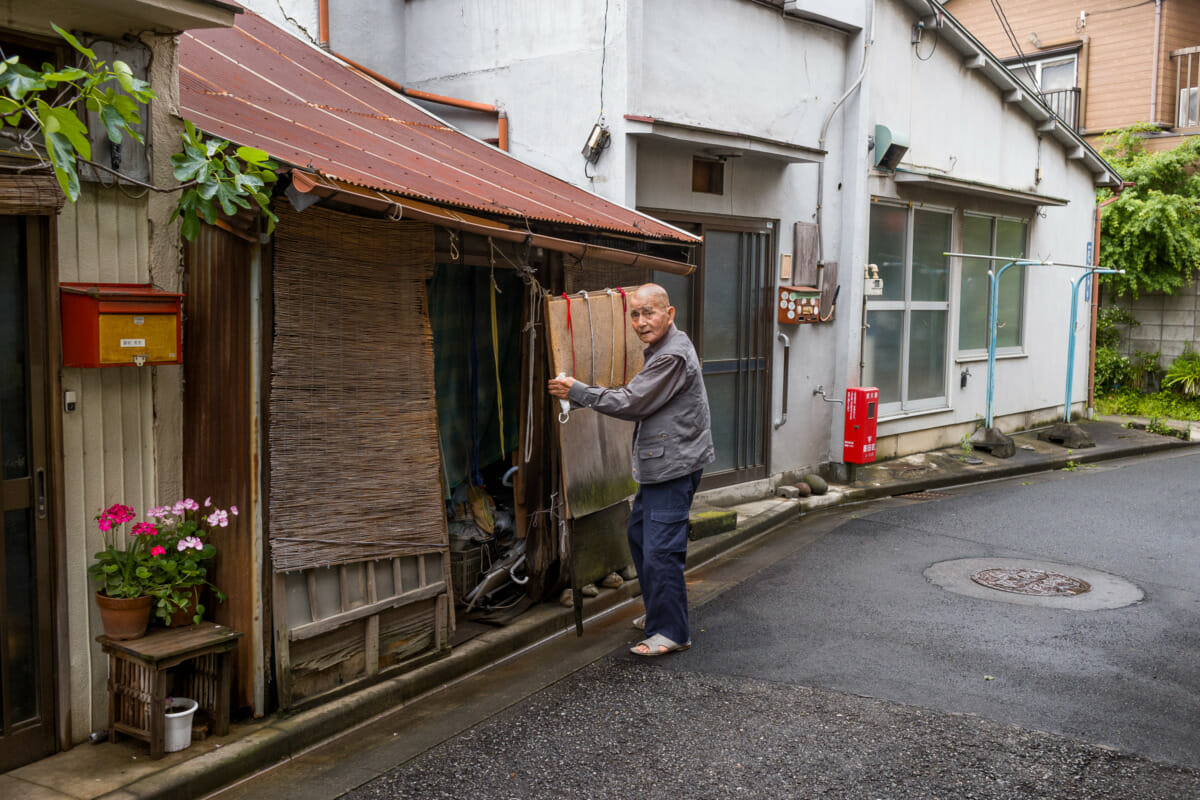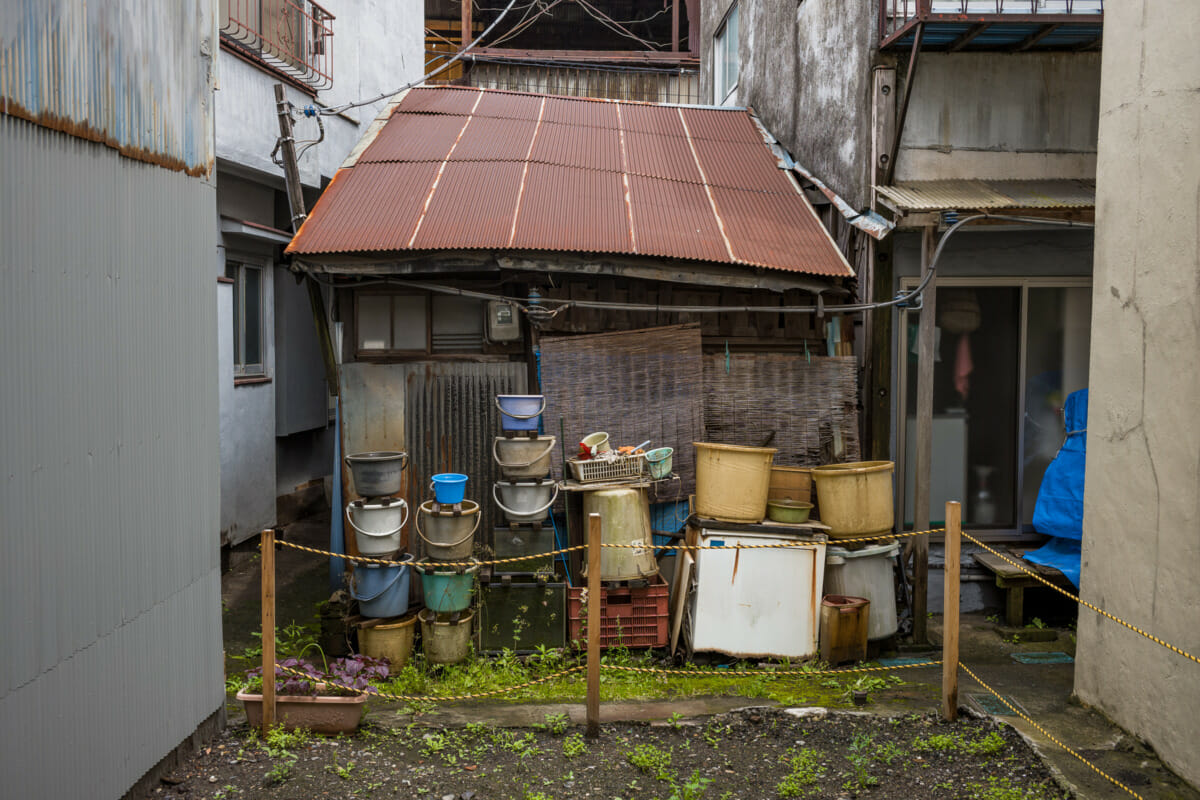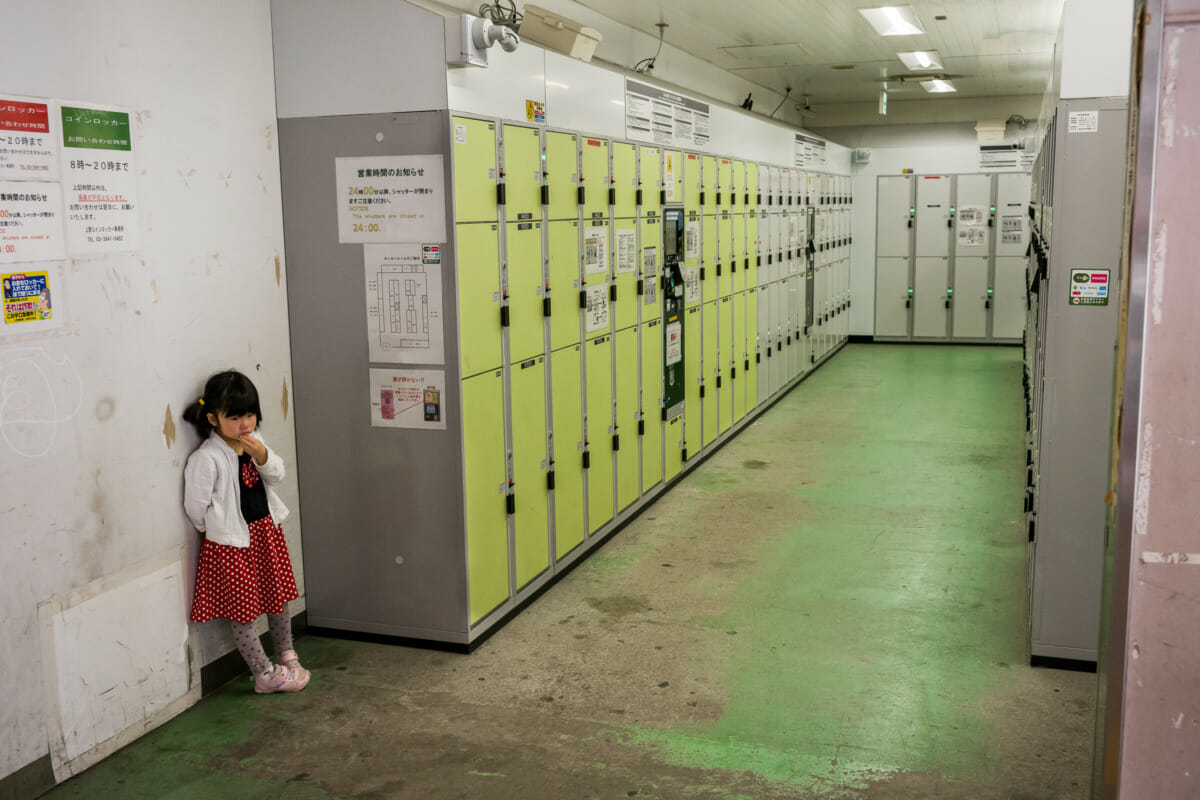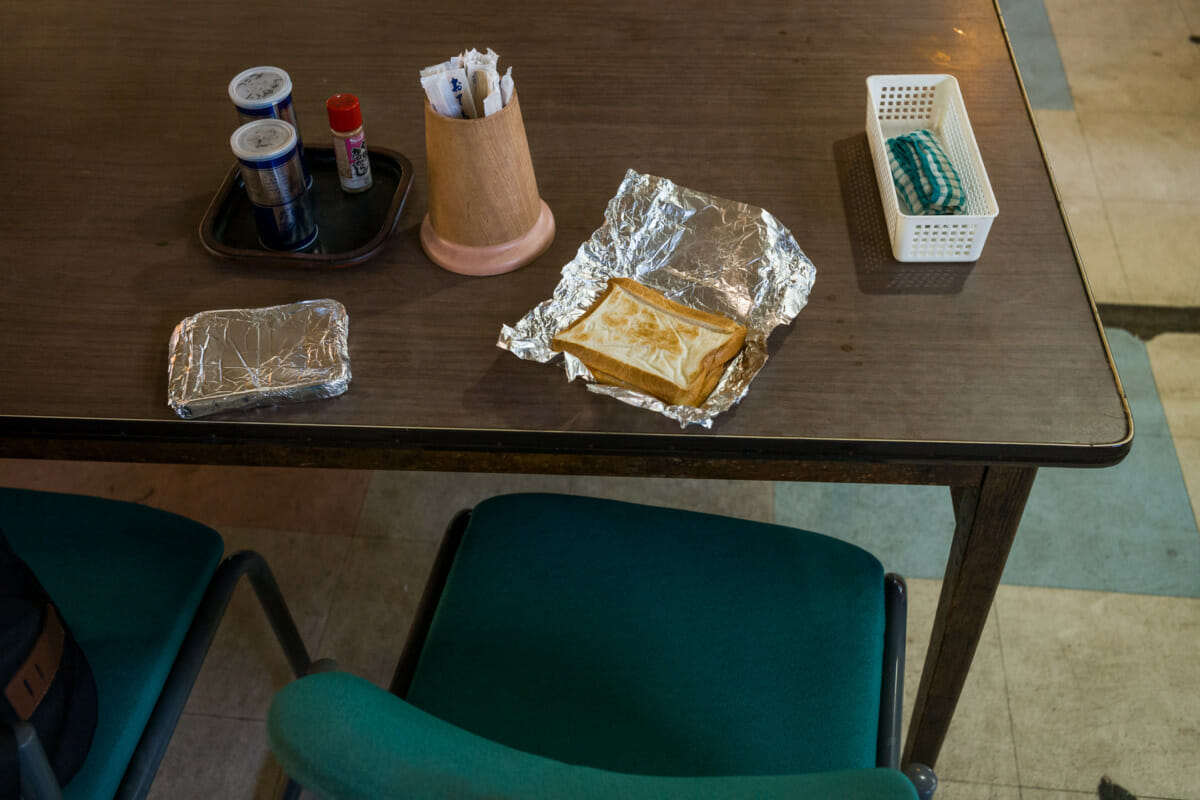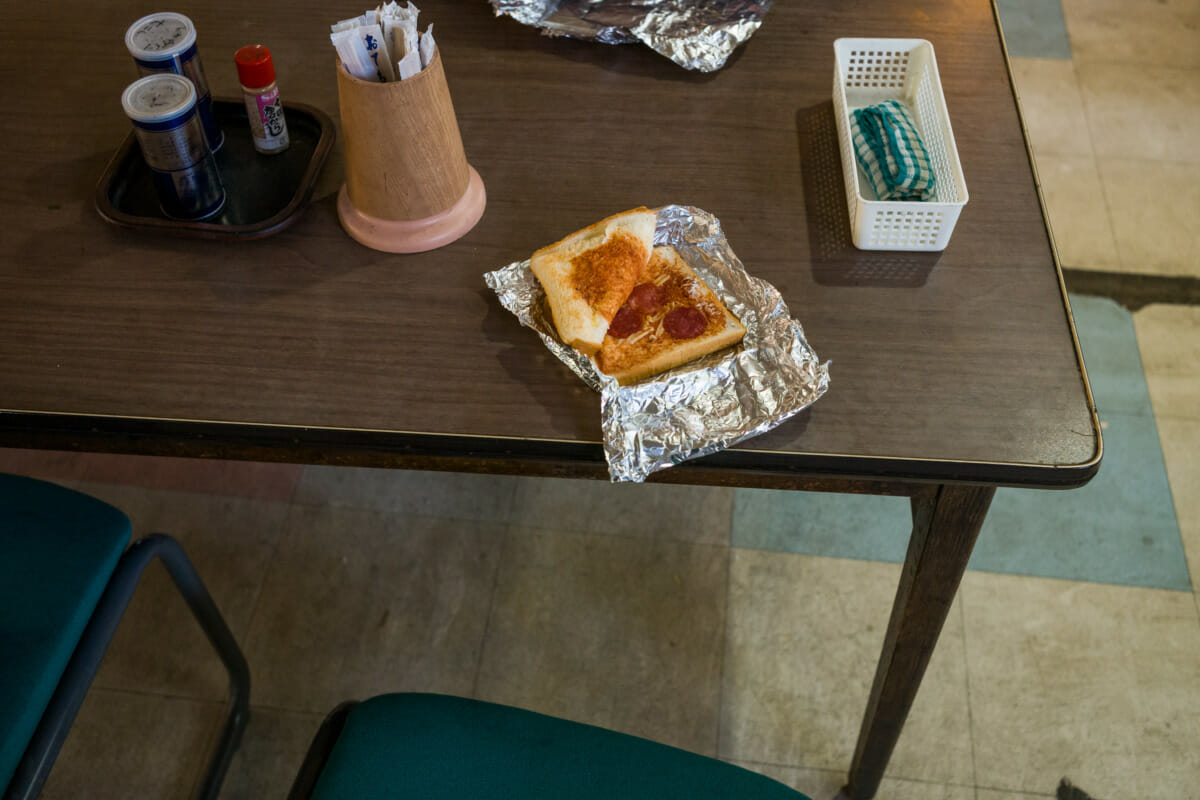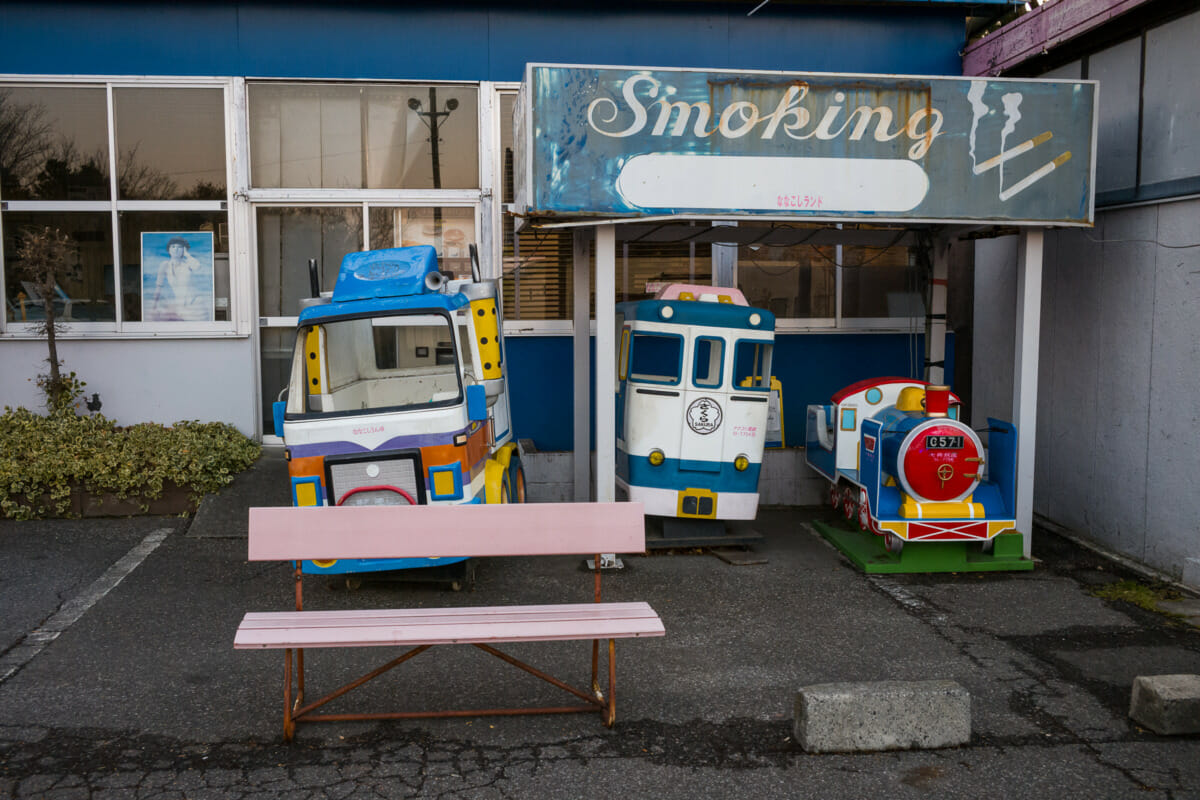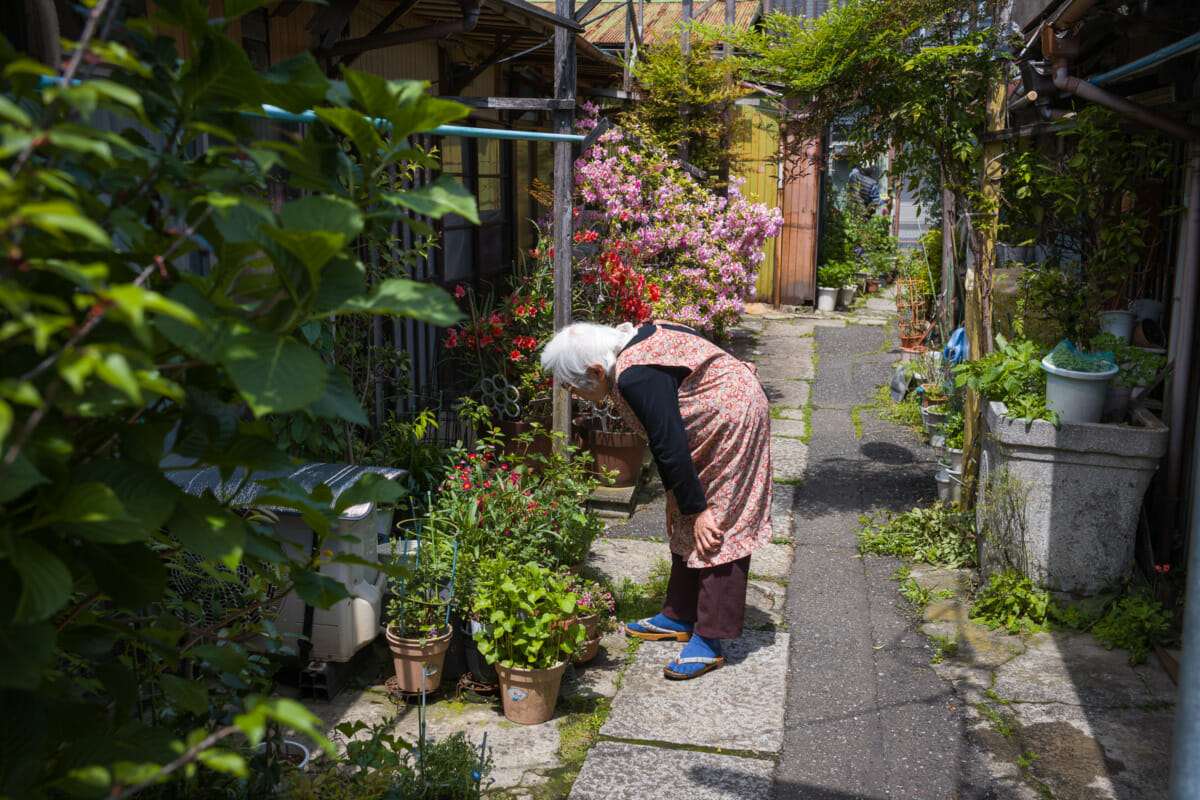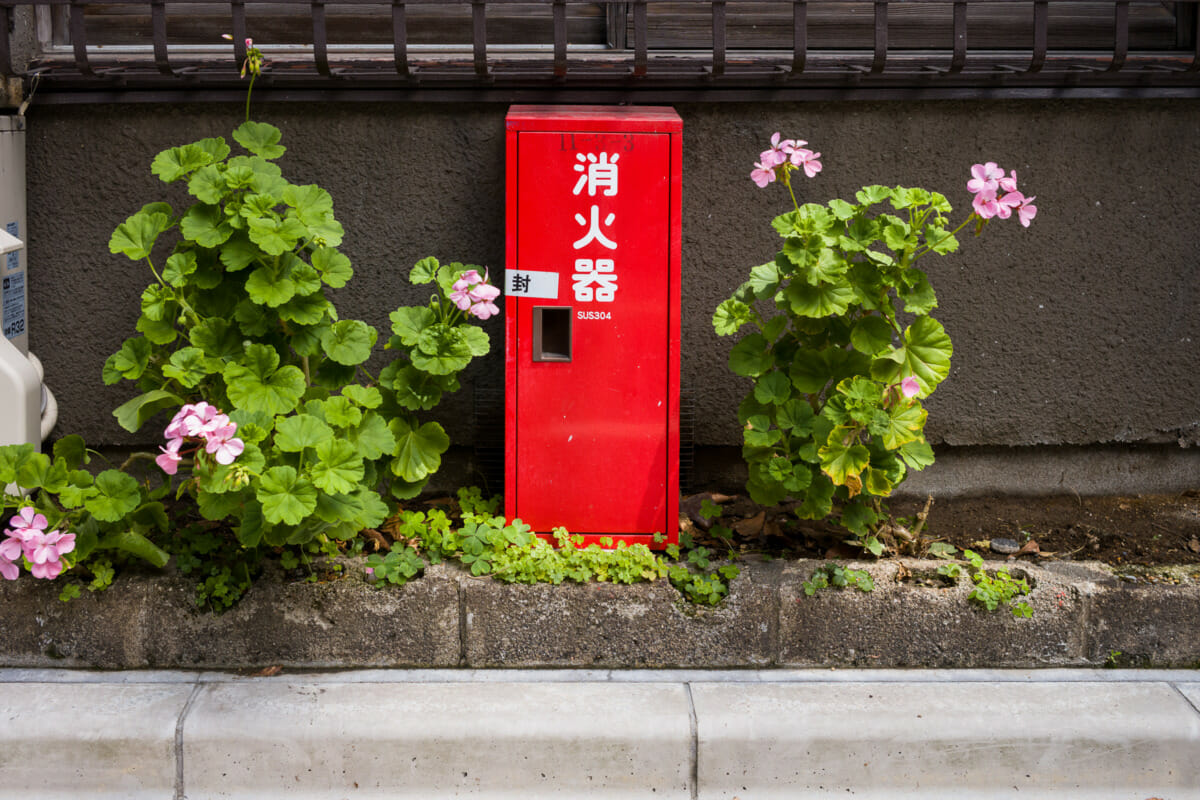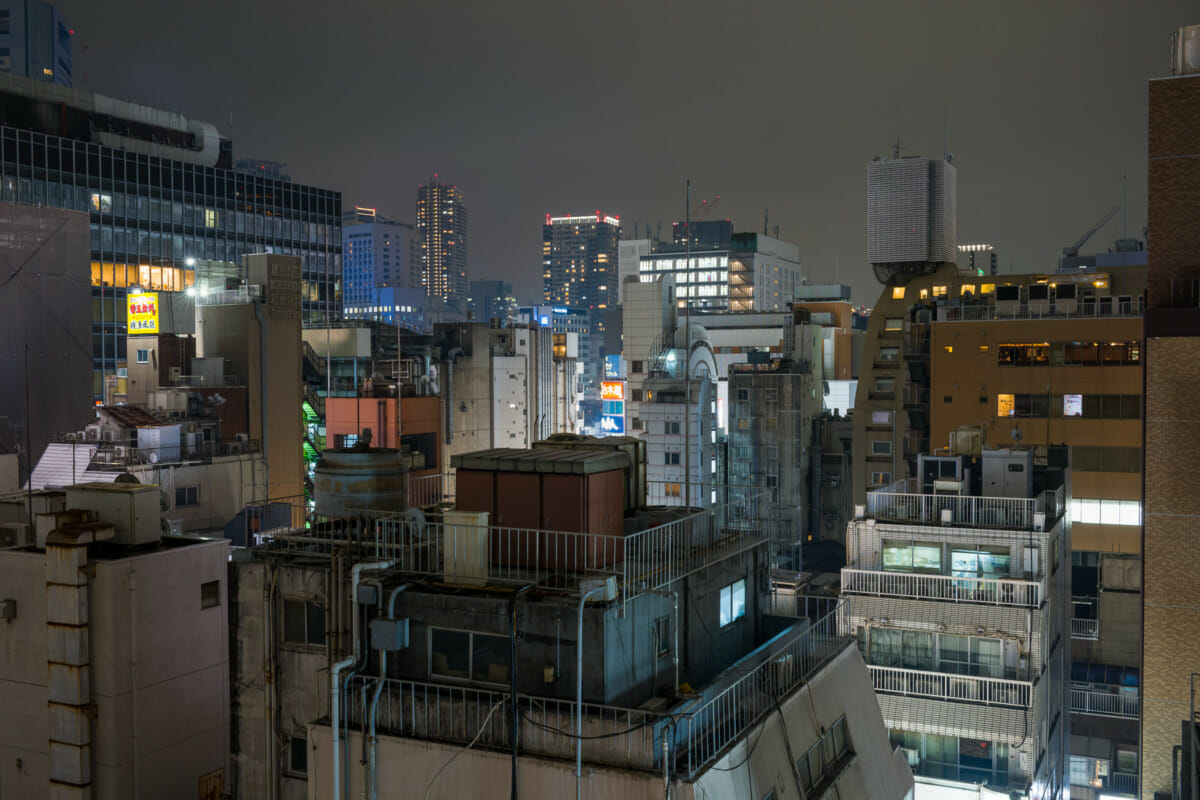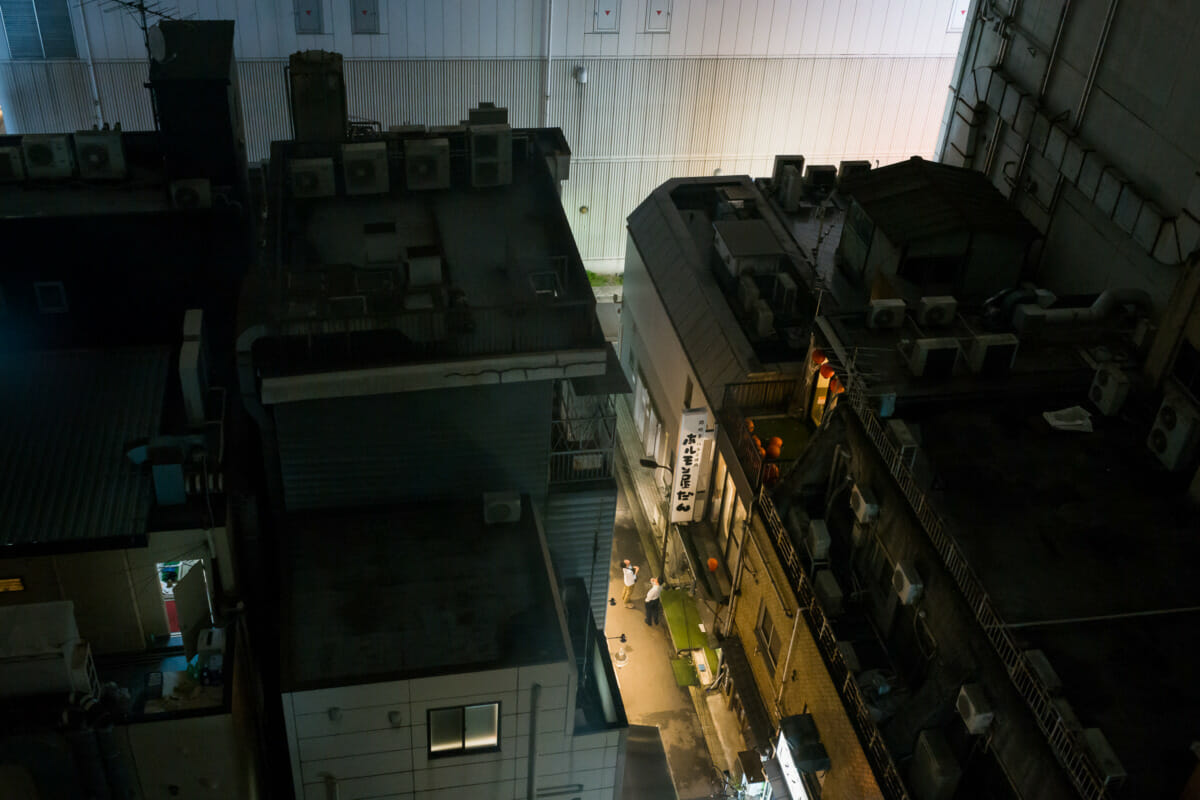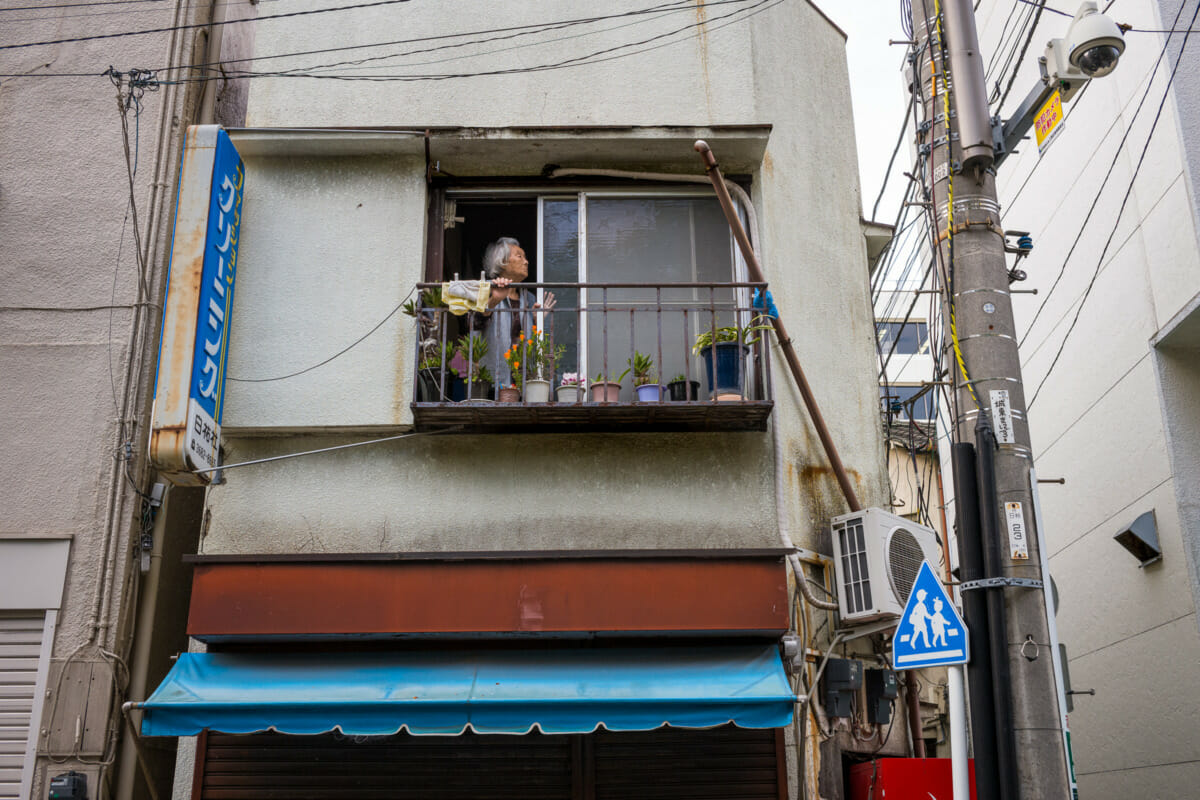This tiny building has fascinated me since I first found it over a decade ago. Its size, shape and dilapidated state are intriguing enough, but added to all that is the fact that somebody may actually live there. And even if they don’t, it’s certainly somewhere they spend a lot of time, as more often than not there’s a light on inside and the door, for want of a better description, is open. On top of that, the house behind it was recently demolished, providing a proper look at the rear of the property, although in many ways that has created more questions than answers.
That said, I finally do have one answer, and that’s whose property it is. When walking by alone, I always stop for a little while in the hope of someone appearing, and at long last that happened the other day. It doesn’t confirm whether it is indeed a home or not, but at least I now have a face to add to the building’s incredible facade.
